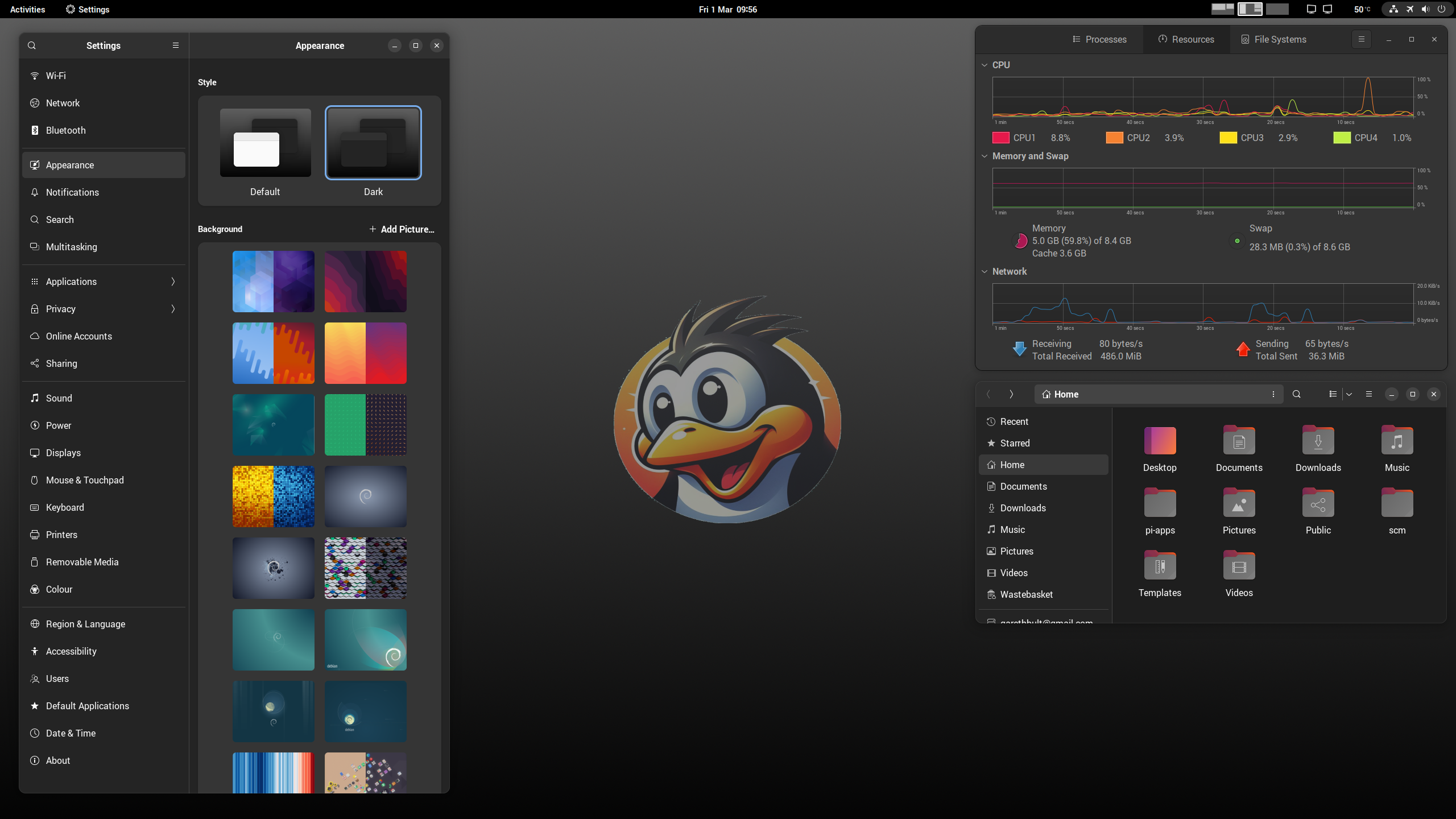I’ve used a bunch of machines over the years and in the context of servers where the main cost is the data centre hosting, squeezing maximum performance from the hardware has always been a “thing”.
Laptops however, my personal laptop is a Sony Vio I bought from PC World in 2011 (ish) for ~ £400. It was an end-of-range discount, small hard drive, 6Gb RAM and Core i5 processor and an ~ 18" screen.
I’ve used this for all manner of jobs over the years including contract programmer, DevOps engineer etc. It’s never caused a problem and it only makes a noise if I max out the CPU. My only upgrade was a 1Tb SSD, so Ok, yes, the hard drive did fail.
If I’ve ever needed more power (big compile jobs etc) then I just off-load it onto a server. I keep thinking “I must buy a new laptop”, but the only real reason is the battery life is down to ~ 20 mins and new batteries are hard to come by. (and I rarely work away from a socket so it’s not really critical …)
For a desktop, I’ve recently moved to a Raspberry Pi5, which if you DIY is around £100. I then have an attached (USB) 256G SSD, which I can literally carry around and plug into any RPi5, boot and go. Not so hot if I were to travel by (and work on) the train. but it’s the size of a matchbox so carrying that between offices is way easier than a laptop.
My variant has no fan, runs two 4K screens and at idle runs at 45C and draws 5W of power (Debian Bookworm / full Gnome desktop). When I want to “do” something, edit / compile / run code, I’m using VSCode and SSH sessions onto other servers where I have masses of power and RAM. So although not quite as “thin” as a “thin client” or “google chrome”, it’s very lightweight and easy to manage.
I get that some people need power for games (personally I have an XBox) but other than that, I’m finding the physics and economics of low power solutions quite attractive.
- Power examples #1: power workstation, CPU 220TDP, maybe idles at 80W. Cost of unit is ~ 30p, so run-time cost to keep the machine on for a year is .08 * 0.3 * 24 * 365 = £210 per year (idle) or £578 if you’re mining bitcoin.
- Power examples #2: Rpi5 CPU ~ 12TDP, maybe idles at 5W. Cost of unit is ~ 30p, so run-time cost to keep the machine on for a year is .005 * 0.3 * 24 * 365 = £13 per year (idle) or £31 if you’re mining bitcoin.






